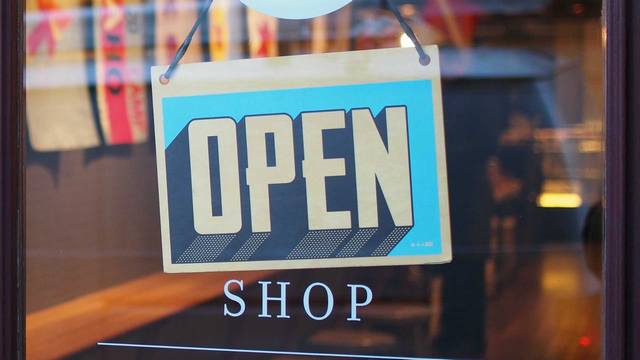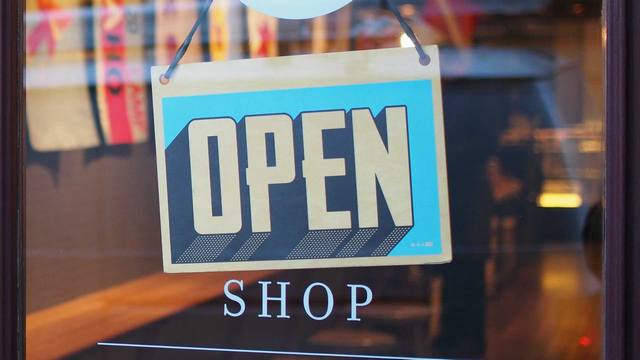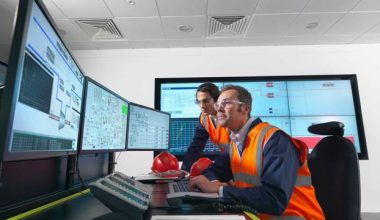
The impact of COVID-19 so far has been the most dramatic in companies that rely heavily on the frontline workforce to deliver a great customer experience. These experience-driven brands only thrive if face-to-face interactions with customers convey exceptional experiences that increase brand loyalty and positively impact the bottom line. For these companies, quick, effective training around processes and procedures is critical in the days and months ahead.
To ensure their frontline workers can adapt and thrive under new market realities, these companies need increased preparations for reopening and accelerating employee performance. As they recover, their learning and development (L&D) leaders need to be prepared with a relevant framework for educating and training employees on new policies and procedures in a new world of heightened consumer expectations.
Consider the Three Hardest-hit, Frontline-dependent Sectors
Hotels, restaurants and retailers (especially retailers that rely on brick-and-mortar storefronts) are among the industries that have been most affected by the coronavirus pandemic. It’s been an unprecedented period of uncertainty for leaders and their employees in these industries — especially for employees on the frontlines. After all, most non-essential businesses within these industries had been forced to close their doors, putting millions of employees on furlough.
As multi-unit brands reopen, L&D leaders responsible for training frontline employees will need to rise to two challenges simultaneously: quickly onboarding and training returning staff, while doing the same for new employees hired to meet new business needs or replace non-returning staff. And each group will have different needs.
Returning employees may be a little rusty or out of practice after a couple months or more away. They’ll likely need some reminders in addition to training on new processes and procedures. For many returning frontline employees, the new reality will mean unfamiliar roles and new skills. For new employees, L&D leaders will need to consider how to quickly ramp them up, without drowning them in too much information and training, especially as reopening plans and processes settle.
Perhaps most importantly, these businesses will need training programs that will effectively and efficiently bring every employee up to speed on who is responsible for what and help them feel aligned and knowledgeable on what’s expected of them.
L&D Can Start Rebuilding Its Frontline Workforce Now
L&D and training leaders will need to use effective and engaging communications programs simply to get a business going again — let alone nurture it to thrive. It will continue to be a precarious and uncertain time, and training programs will need to support frontline employees in a way that’s engaging and effective.
For the frontline workforce, as company doors reopen, there will be an even heightened need for efficient and effective training around compliance, safety and cleanliness, product and service knowledge, personal and internal communications, and specific workplace skills to continue driving great customer experiences. These organizations will need to be ready to accelerate performance and meet the new, intensified expectations of employees and customers.
Frontline-dependent companies need to be equipped now with training that will quickly and efficiently mobilize and engage their customer-facing workforces. This training will be the key to swiftly returning to productivity. It’s also the first critical step toward successfully linking the employee and customer experiences. How? By giving every employee — those still on the job, those furloughed and those yet to be hired — the information, inspiration and insights that will help them achieve new standards of success.
Here are four critical back-to-business training strategies for any organization but especially for brands focused on customer experience. To be effective, the frontline communication strategy needs to be well-aligned:
Expedite team recruitment and scale up frontline workforces by effectively reengaging furloughed employees and driving vetted referrals when they’re needed most. Accelerate frontline onboarding with behavior change campaigns that run on autopilot, and reinforce training with micro-communications and ongoing support. Empower managers to assign tasks that will optimize the in-location experience and reintroduce the brand to consumers with evolved expectations when the time arrives. Capture insights with pulse surveys on topics such as willingness to return to work and roadblocks to returning to work, in order to know the workforce better and optimize team productivity, satisfaction and retention.
These considerations are important for experience-based brands seeking to come out ahead after the pandemic recedes. The winners can start now to drive greater frontline performance later by focusing on knowledge and training that will empower employees and influence and inspire the usually underserved frontline workforce in ways they find meaningful.






